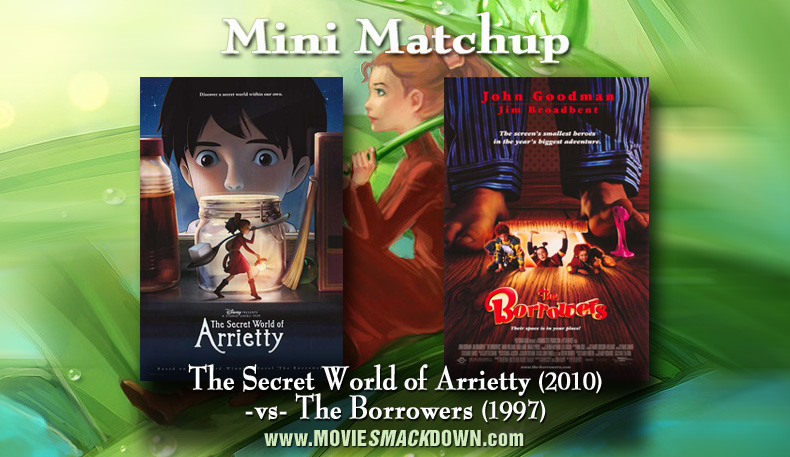
The Smackdown
Prior to Harry Potter, Mary Norton’s cherished, 1952 novel The Borrowers was a prime example of a children’s book that had as much to say between the lines as in them. For those new to that original work and the books and movies it spawned, the Borrowers are tiny people who live in homes owned by what they call “human beans†and survive by “borrowing†things from these much larger and more menacing creatures while keeping their own existence a secret.
A version of The Borrowers that Disney would have been proud of hit the big screen in 1997. It was over the top, loud, full of special effects, chases and close calls, and featured enough slapstick for fans of The Three Stooges. The Borrowers was actually made by the British companies, Working Title and Polygram, but Hollywood was paying close attention. Disney in fact went out and bought distribution rights to The Secret World of Arrietty, the Studio Ghibli anime version of The Borrowers that was very successful in Japan, where it was made in 2010.
So, how does a non-Disney film made in 1997 stack up against a Disney-distributed movie in 2012 made by Japanese Studio Ghibli? That’s the kind of challenge one of the tiny people would be able to appreciate best, so I went out and borrowed one — my nine-year-old son, Jack, a bona fide member of both films’ target audience — to view them with me and help give them the Smack they deserve.
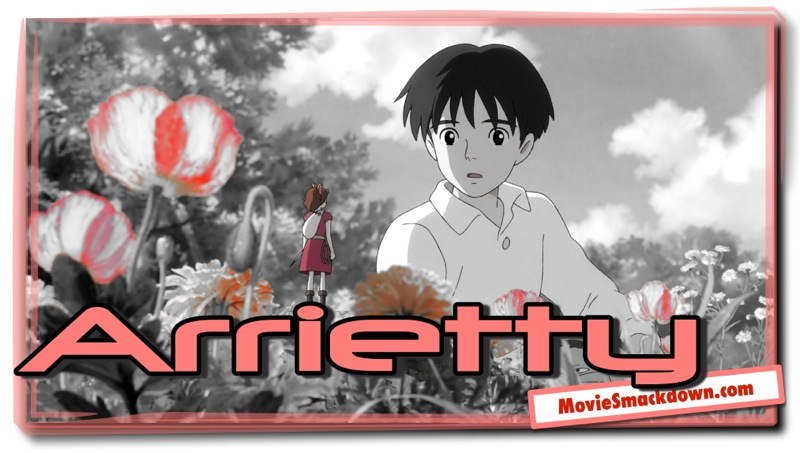 The Challenger
The Challenger
The Secret World of Arrietty opens with a young boy, Shawn, who suffers from a serious heart condition, coming to his grandmother’s home to rest before a life-changing operation. Tiny Arrietty is discovered by Shawn, who only wants to help her. But she tries desperately to avoid Shawn, because, as a human bean — a race of people (us) who are forever trying to destroy the borrowers — he will only bring disaster upon her family.
It’s Shawn’s caretaker, Hara, voiced by Carol Burnett, the closest thing to a villain in this film, who causes havoc among Arrietty and her family by trying to capture and eradicate them from the house, only to be thwarted by Shawn, who ultimately helps them escape to a new home. Along the way, Arrietty gives Shawn the courage to face his operation with a strong heart, and Shawn shows Arrietty that not all human beans are beasts. A valuable lesson always.
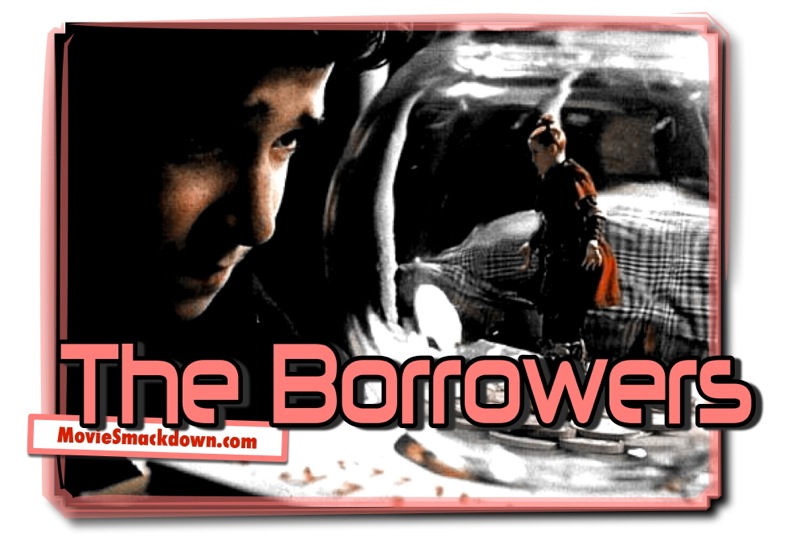 The Defending Champion
The Defending Champion
Young boy Pete Lender (nothing subtle about the name Lender to distinguish him from the Borrowers) discovers and befriends Arrietty. He is amazed to learn of the existence of a tiny family living under the floorboards of his house. [I could see that my son loved this concept and mirrored the wonder of our screen hero, Pete. So far so good.]

At the same time, lawyer Ocious P. Potter (John Goodman, a perfect foil) is trying to hoodwink the elder Lenders out of their large English house so he can replace it with a 1997 version of a Trump-style condo completely devoid of style or environmental sensibility. Apparently, the Lenders’ aunt, who promised to leave the house to them, left no will, so the house goes to Potter.
Over the course of the film, Arrietty finds the will, the elder Lenders try to relocate themselves, and young Pete Lender tries to relocate the Borrowers, all while, at a machine-gun pace, Potter finds Arrietty and gets the will. But then — stay with me here — Arrietty and her family retake the will, only to have Potter find them again, seize the will, and try to “cheese†the Borrowers to death by dumping the stuff on top of them in a cheese factory until other Borrowers come to save the day.
The Scorecard
I could see my Jack loving all the mayhem, knick-of-time rescues, and the big guy getting his comeuppance in The Borrowers. He liked that it had real people, cool special effects and a great story — saving your house — that probably rings even truer in this economic climate than it did when the movie first came out. He especially appreciated all the close calls and, as he put it, “the very different situations all the people got into.†His favorite scene was when all the Borrowers banded together to save Arrietty’s house. According to Jack, it showed how it doesn’t matter how small you are if you have teamwork.
Jack said watching the film made him feel like being on a great ride at an amusement park. Enough said. That’s exactly how I felt, too — like I’d just been on a wild, Disney ride.
When we discussed the new release, his entire tone changed. The plot of this Arrietty version of The Borrowers is so simple, it’s impossible not to wonder how, in this day and age of Pixar epics and kids’ rollicking special-effects films, it ever got released in America at all. Much closer to the original book than our defending champion, it has a melancholy and meditative tone to it right from the beginning.
Rather than go for cheap thrills, Arrietty ably demonstrates what it must have been like for human beings before they became spoiled couch potatoes, when life meant surviving by our wits and living with an understanding of the balance of nature. In the book and the films, the “human beans†are stand-ins for the threatening beasts that people, as the weaker species, once feared. The metaphor extends to how children must feel in the adult world today.
Jack wondered what it would be like to be a Borrower because everything looked so fun and hard at the same time — kind of like life before searching Google. Which is exactly why The Secret of Arrietty harkens back to some of the original Disney animated films, like Snow White, Pinocchio, and Lady and the Tramp. People took their kids to these movies because the plots were simple, the characters beautifully drawn, and the pace slow enough to allow the beauty and humanity of the stories to sink in. Like Arrietty, those were movies, not theme-park rides.
The Decision
Jack enjoyed the 1997 version of The Borrowers and was torn when he watched The Secret World of Arrietty, a film covering the same subject matter in a very different way. When he decided he preferred the simplicity of Arrietty to the fast-paced excitement of its predecessor, I was genuinely surprised. And then I realized why he liked it as much as I did: It left time for him to breathe, to contemplate each character’s situation in life, and to absorb the real dangers of tiny people navigating a world larger and more treacherous than their own. The slower pace actually created tension and a real danger that could be felt.
For me, as the resident adult male in our family of movie-goers, the task of picking a winner was much easier. Though The Borrowers launched us on a pretty good thrill ride, Arrietty takes us deep into our own hearts and makes us appreciate the value of our lives and the people who enter into them. You won’t need seat belts to keep you and your kids riveted, as this gentle, mesmerizing story unfolds. My clear winner, with Jack’s support, is the The Secret World of Arrietty.




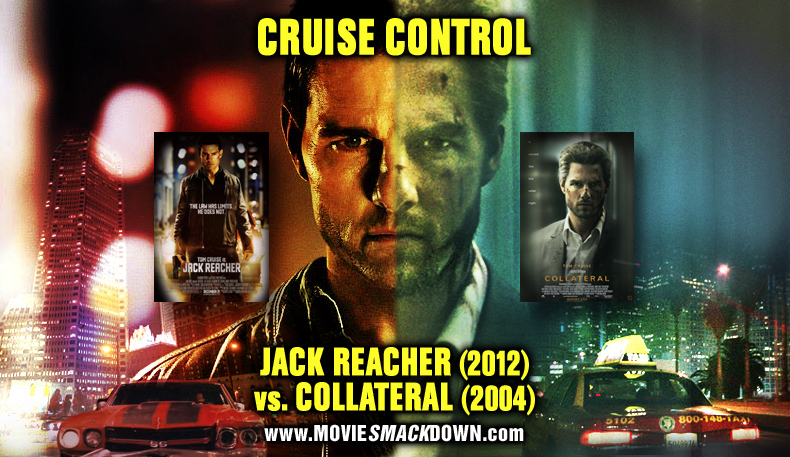

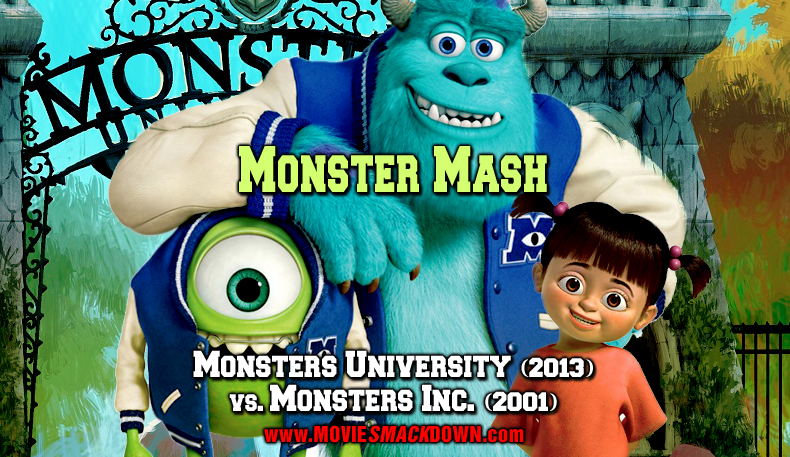
honestly both were good movies and i enjoyed both and as you said borrowers is more on the lighter and comedic side as per those times and arrietty is really deep and the characters have nice outlook towards them… studio ghibli is the best anime studio when it comes to making best anime movies and ponyo was really good..all the studio ghibli movies stand out
I “like” both films…
It really is a comparison of Fast vs.Slow pacing.
But at the end of ‘The Secret World of Arrietty’ I was still waiting for something to happen…
Just take the first few scenes in ‘The Borrowers’ up till when Arrietty gets caught in the ‘fish bowl bank’.
Take those sames scenes and make them last and hour, and you left with ‘The Secret World of Arrietty’.
The major difference was who made the film.
Studio Ghibli could make a movie about anything original or not and it would make bank and automatically be considered a great film.
Just look at Ponyo. 😉
What is wrong with Ponyo? A lot of people enjoyed that film a great deal, such as myself! And ‘Arrietty’ is much better than ‘The Borrowers’ in my opinion, partly because its animated which makes me feel like a kid again.